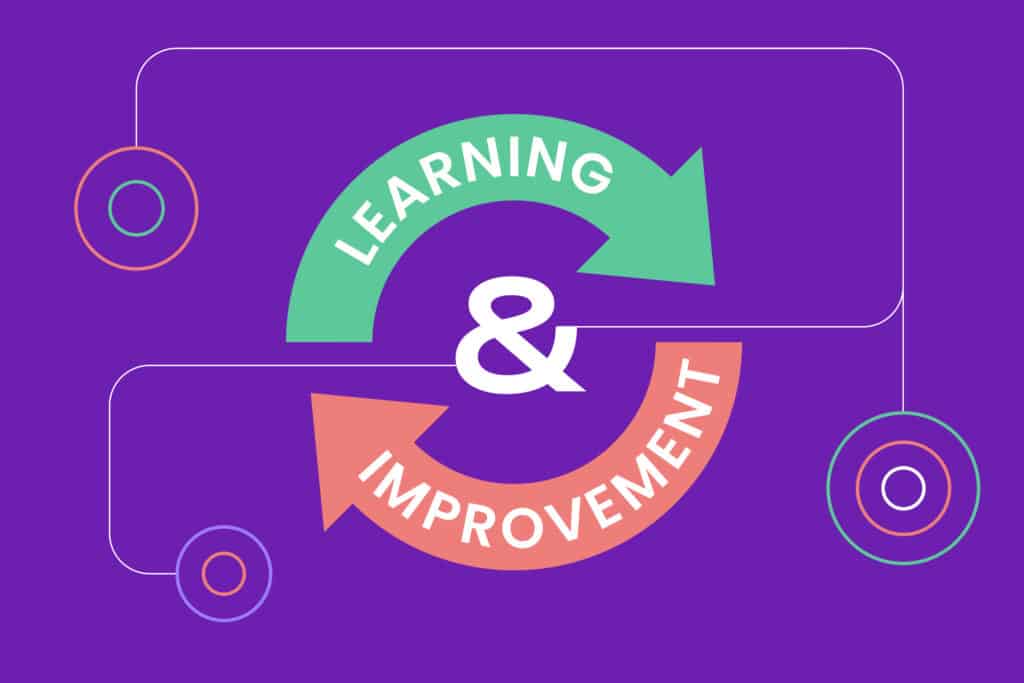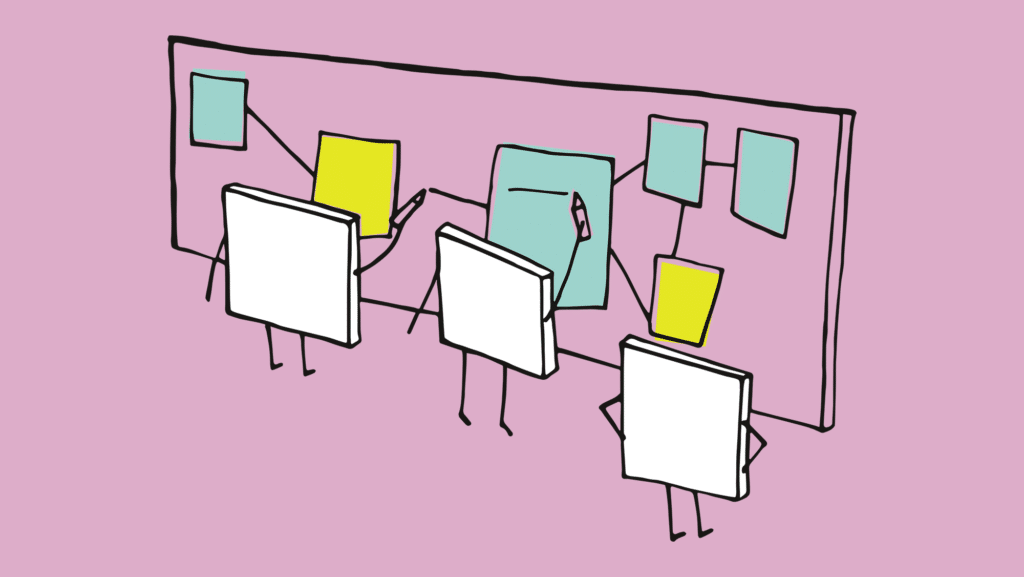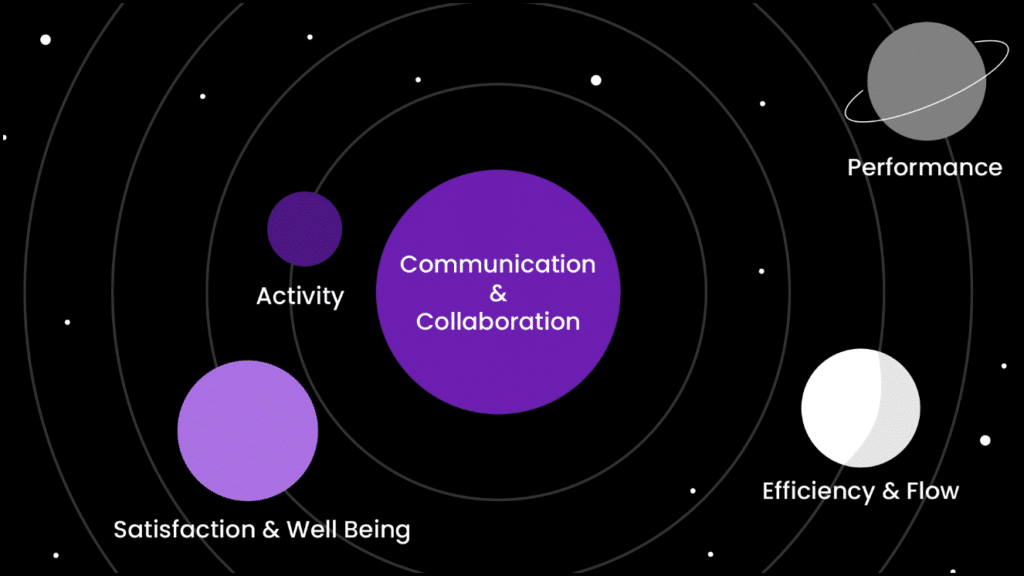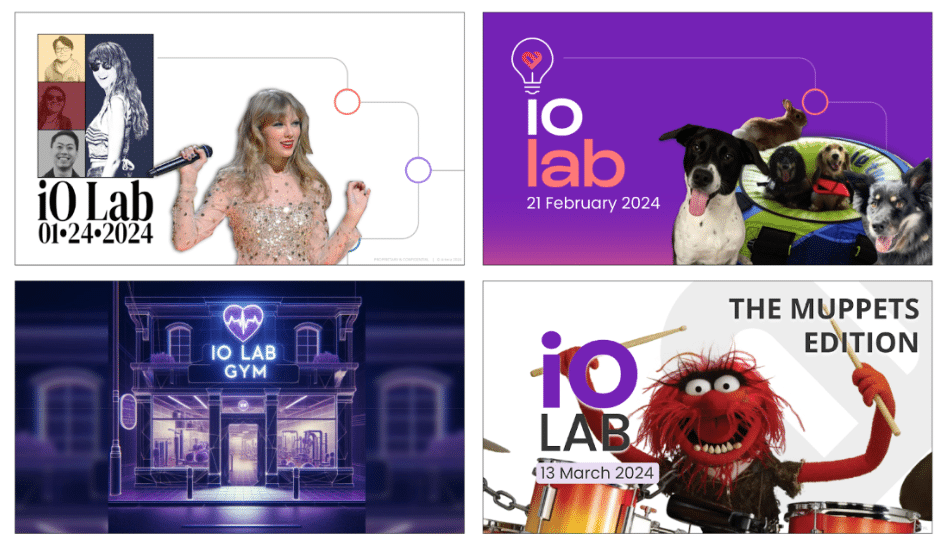
The tools, languages and frameworks that software engineers use every day continue to evolve. The skill set of even the most highly functioning team can eventually start to lag if a genuine effort to maintain those skills is not prioritized. The responsibility falls on everyone in an organization to ensure success and build a culture where learning and improvement is prioritized (and expected).
We recommend 5 focus areas to build a culture where learning and improvement is prioritized:
- Understand Your Team’s Learning Needs
- Provide Access to Learning Resources
- Create Opportunities for Practice and Feedback
- Encourage Collaboration and Knowledge Sharing
- Measure, Evaluate and Celebrate
Now, let’s address each of these in more detail…

Understand Your Team’s Learning Needs
The first step in creating a culture of continuous learning is to understand the learning needs of your team. This includes identifying knowledge gaps and skill deficiencies, determining individual learning styles and preferences, and creating personalized learning plans. Managers can help guide this process by aligning the conversation around team, department, and organizational goals and their own assessment of the employee’s skill level. This collaborative approach ensures that employees have a voice in their learning and development, while managers can provide targeted support and resources that will help the team grow.
This process can be as simple as spending time during a one-on-one meeting to discuss areas where each team member wants to learn more. It’s ideal to line up learning goals with organizational objectives. Find areas of development such as languages, technologies and/or frameworks your organization is either already using or plans to use as initial goals for skill improvements. However, any skill area that can improve the personal growth of the individual should also be considered and explored. Making sure your team feels supported and encouraged to grow as a whole person will go a long way to establishing a successful culture of improvement.
Be sure to document these goals in a shared document that can be easily discussed in future meetings. This document should be reviewed and updated regularly as progress is made and as needs and goals change.

Provide Access to Learning Resources
Once you understand your team’s learning needs, the next step is to provide access to the resources they will need to learn.
Some examples of great learning resources are:
- Online Courses: Udemy.com, Skillshare.com, Coursera.org, and CodeAcademy.com
- Certification Courses: AWS Certification, Grow With Google, SCRUM certifications
- Industry Conferences (online and in-person) can be a great way to keep your team updated on current trends and ideas in your industry. These can also serve as unique opportunities for team building if your team is remote. Encourage team members to present on topics they learned about to the team/department when they return.
It’s important to provide time and resources for training and development so that team members can focus on learning and growth without feeling like they’re neglecting their other responsibilities. Establishing a budget which is dedicated to learning resources is one way to motivate engineers to pursue upgrading their skills. This also communicates that organizational leadership is committed to the idea of continuous learning for everyone.

Create Opportunities for Practice and Feedback
Learning doesn’t happen in a vacuum – it requires practice and feedback. You don’t need an established mentorship program to encourage employees to seek out mentorship. More experienced engineers should be guided to find opportunities to work with lesser experienced team members to help them level-up their skills. Encouraging this practice–even if these interactions start out as simple one-on-one meetings to discuss items they are working on–will open up and strengthen positive communication lines across teams and the organization.
Participation in company-sponsored hackathons are another great way to achieve many goals at once. Allowing teams to form and set their own course for developing an idea allows them to showcase their skills while working in potentially new areas. At a recent hackathon at Artera, the team I was on had their primarily backend engineer and frontend engineer completely switch roles for the project. They both challenged themselves to put into practice things they were learning and leaned on each other for guidance. The result was not only an excellent project but a very positive experience for the entire team.

Encourage Collaboration and Knowledge Sharing
Software engineering is a highly collaborative field, and creating opportunities for collaboration and knowledge sharing is key to building a culture of continuous learning. Setting up regular team meetings for knowledge sharing can provide a forum for team members to share their experiences and expertise. Encouraging cross-functional teams and knowledge exchange can also help team members learn from each other and develop new skills.

Measure, Evaluate and Celebrate
Finally, it’s important to measure and evaluate learning outcomes to ensure that your efforts to build a culture of continuous learning are effective. Tracking progress against the individual learning plans created for everyone, and using feedback and evaluation to improve the learning process are all important steps in this process. By regularly measuring and evaluating learning outcomes, you can ensure that your team members are growing and developing the skills they need to succeed.
While sometimes overlooked, celebrating successes is an important part of establishing a real culture of continuous learning. When a team member completes a course, presents learnings from a conference, or submits a pull request in a new language they are learning, it is an excellent opportunity to publicly praise the achievement. This not only encourages the individual to continue down their path of learning, but shows others in the organization the value that is placed on such endeavors.
In Conclusion
Creating a culture of continuous learning and improvement is critical for success in today’s fast-paced and ever-changing software engineering industry. By understanding your team’s learning needs, providing access to learning resources, creating opportunities for practice and feedback, encouraging collaboration and knowledge sharing, and measuring progress, you can create a culture of continuous learning and improvement that benefits your team members and your organization as a whole. It is everyone’s responsibility to foster a culture of continuous learning and improvement within your organization. By doing so, you will ensure that your team is well-equipped to achieve your organization’s goals and improve the happiness and satisfaction of your software engineers.
The contents of this post as well as the opinions expressed herein do not contain business advice. The business information provided is for general informational and educational purposes only and is not a substitute for professional advice. Accordingly, before taking any actions based upon such information, we encourage you to consult with the appropriate professionals. THE USE OR RELIANCE OF ANY INFORMATION CONTAINED IN THIS POST IS SOLELY AT YOUR OWN RISK.




